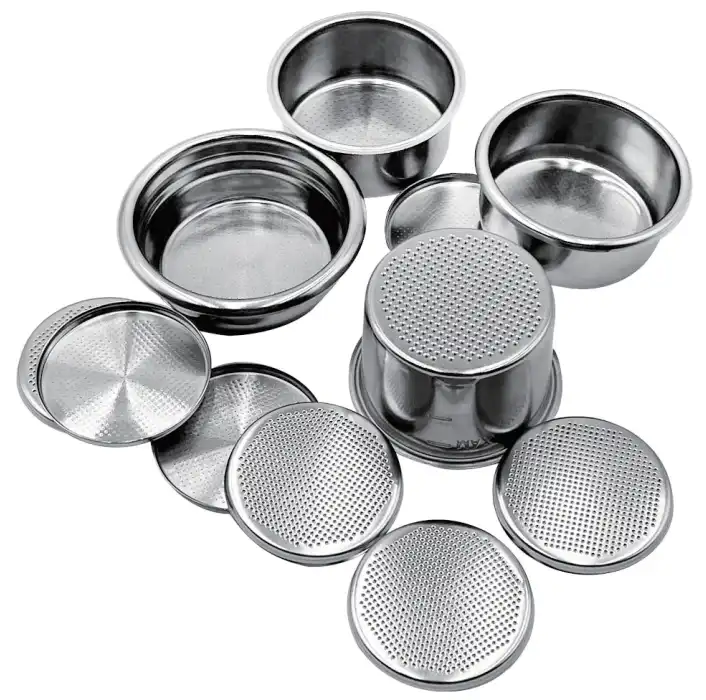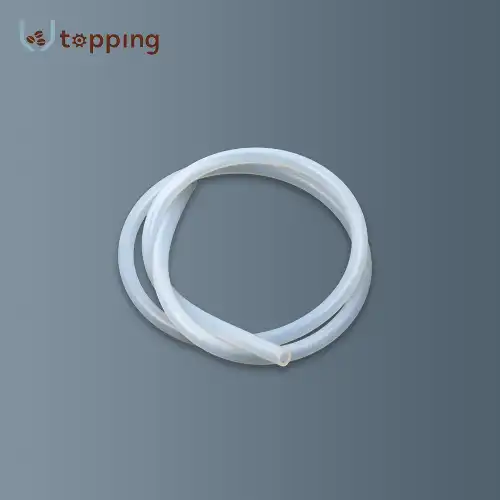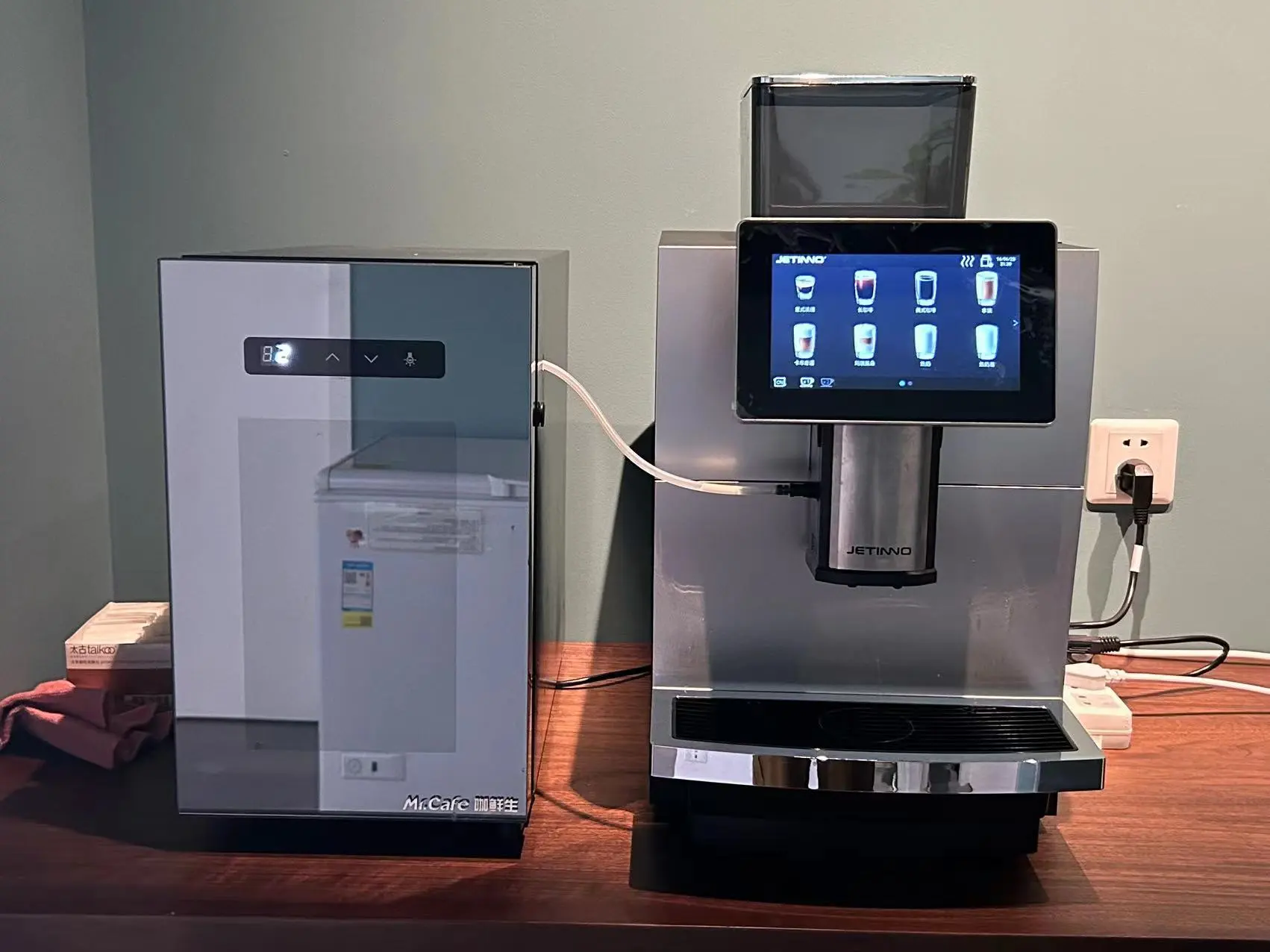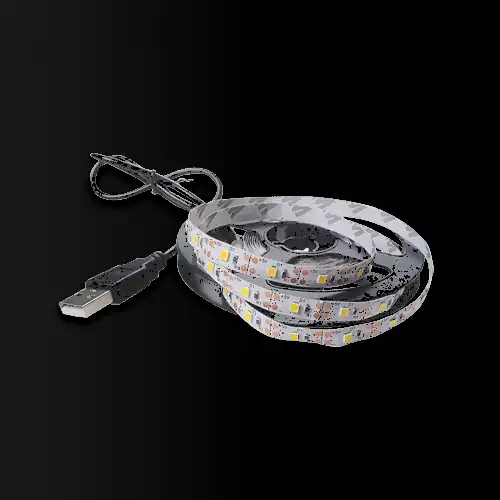How do you make coffee with a sieve?
2024-09-02 17:08:48
Coffee Sieves are always on the lookout for new and interesting ways to brew their favorite beverage. While many are familiar with traditional methods like drip coffee makers or French presses, using a sieve to make coffee is a less common but equally intriguing technique. This method can produce a unique cup of coffee with its own distinct characteristics. In this article, we'll explore the process of making coffee with a sieve, from selecting the right equipment to brewing the perfect cup.
Introduction To Coffee Sieve
A coffee sieve, also known as a coffee strainer or filter, is a simple yet effective tool used in coffee preparation. Its primary function is to separate coffee grounds from the liquid, resulting in a smooth, sediment-free brew. It come in various materials and designs, each offering different filtration levels and affecting the final taste of the coffee.
The most common types of them are metal and plastic. Metal sieves, often made of stainless steel, are durable and can last for years with proper care. They typically have a fine mesh that effectively filters out coffee grounds while allowing oils and micro-particles to pass through, resulting in a fuller-bodied coffee. Plastic sieves, on the other hand, are lightweight and often less expensive. They can vary in mesh size and quality, with some designed to mimic the filtration properties of paper filters.
Some products are designed specifically for certain brewing methods, such as pour-over or cold brew, while others are more versatile and can be used in various coffee-making techniques. The choice of coffee sieve can significantly impact the flavor, body, and overall character of the brewed coffee.

Materials And Tools Needed To Make Coffee
To make coffee using a sieve, you'll need several key items. First and foremost, you'll need coffee beans or pre-ground coffee. When selecting coffee beans, consider factors such as roast level, origin, and flavor profile. Freshly roasted beans generally produce the best flavor, so look for beans with a recent roast date. If using whole beans, you'll need a coffee grinder to prepare them for brewing.
The sieve itself is a crucial tool in this brewing method. When choosing a sieve, consider the mesh size and material. A finer mesh will result in fewer grounds in your cup but may also restrict the flow of water and potentially affect extraction. Stainless steel sieves are popular due to their durability and ease of cleaning, but other materials like nylon or cloth can also be effective.
Other essential tools include a kettle for heating water, a container for brewing and serving the coffee, and a spoon or stirrer for agitating the grounds. A thermometer can be helpful for ensuring optimal water temperature, although it's not strictly necessary for casual brewing.
Preparation Of Coffee Sieve
Before using your coffee sieve, it's important to clean it thoroughly to remove any residual oils or impurities that could affect the taste of your coffee. For metal sieves, wash with warm, soapy water and rinse thoroughly. Avoid using abrasive cleaners that could damage the mesh. For plastic sieves, follow the manufacturer's cleaning instructions, as some may be dishwasher safe while others require hand washing.
If you're starting with whole beans, grinding them to the right consistency is crucial. For sieve brewing, a medium to coarse grind is generally recommended. This allows for proper extraction while preventing too many fine particles from passing through the sieve. Experiment with different grind sizes to find the one that produces the best results with your particular sieve and brewing style.
Steps To Make Coffee
The process of making coffee with a sieve is relatively straightforward but requires attention to detail for the best results. Start by heating your water to the ideal temperature, which is typically between 90-95°C (195-205°F). This temperature range allows for optimal extraction of coffee flavors without introducing bitterness.
While the water is heating, prepare your coffee grounds. The general rule of thumb is to use about 1-2 tablespoons of ground coffee per 6 ounces (180 ml) of water, but you can adjust this ratio to suit your taste preferences. Place the ground coffee in a heat-resistant container that's large enough to accommodate both the coffee and the water you'll be adding.
Once your water reaches the proper temperature, pour it over the coffee grounds. The amount of water you use will depend on how much coffee you're making and your desired strength. Gently stir the mixture to ensure all the grounds are evenly saturated. This step is crucial for achieving uniform extraction and avoiding dry pockets of coffee.
Allow the coffee to steep for about 3-4 minutes. During this time, the hot water will extract flavors, oils, and other compounds from the coffee grounds. The steeping time can be adjusted based on your preference – longer steeping will result in a stronger brew, while shorter steeping will produce a milder cup.
After steeping, it's time to filter the coffee using your coffee sieve. Hold the sieve over your serving container and slowly pour the coffee mixture through it. The sieve will catch the grounds while allowing the liquid coffee to pass through. To avoid getting grounds in your cup, pour steadily and avoid agitating the mixture too much as you pour. You may need to pour in batches if your sieve is small or if you're making a large amount of coffee.
If you find that too many grounds are passing through the sieve, you can try using a double-sieving method. This involves pouring the coffee through the sieve once, then passing it through a second time to catch any remaining grounds. Some coffee enthusiasts even use a combination of a coarser sieve followed by a finer one for more precise filtration.
Coffee Sieve Manufacturers
When it comes to selecting a high-quality coffee sieve, it's important to choose a reputable manufacturer. Topping Motor is one such company that specializes in coffee equipment, including stainless steel coffee sieves. Their products are designed to withstand regular use while providing consistent performance. If you're in the market for a reliable products, you can reach out to Topping Motor at sales@huan-tai.org for more information about their product range.
In conclusion, making coffee with a sieve offers a unique brewing experience that can result in a flavorful and satisfying cup. This method allows for greater control over the brewing process and can be an excellent way to explore different coffee flavors and textures. While it may take some practice to perfect your technique, the process of brewing with a sieve can be a rewarding experience for coffee enthusiasts looking to expand their brewing repertoire. Whether you're a casual coffee drinker or a dedicated aficionado, experimenting with coffee sieve brewing can open up new dimensions in your coffee journey.
References
1. Specialty Coffee Association. (2023). "The Coffee Brewer's Handbook."
2. Rao, S. (2019). "The Coffee Roaster's Companion." Scott Rao.
3. Hoffmann, J. (2020). "How to Make Coffee: The Science Behind the Bean." Cassell.
4. National Coffee Association. (2023). "How to Brew Coffee."
5. Barista Hustle. (2022). "Water for Coffee."
6. Perfect Daily Grind. (2023). "A Guide to Coffee Filtration Methods."
Send Inquiry
Related Industry Knowledge
- Why do we use volumetric counter?
- How stable is Control Board For Vending Machine over different temperature and voltage ranges?
- Vending machine touch screen interface
- Why is Hygiene Important in Vending Machine Cup Dispensers?
- Vending Machine Spiral Motor Types
- Vending Machine Control Board Repair
- Coffee grounds sieve uses
- How to Clean Coffee Grinder Motor?
- What is a Coffee Machine Pump?
- Do coffee vending machines need a Water Tank?

.webp)
.webp)


.webp)




